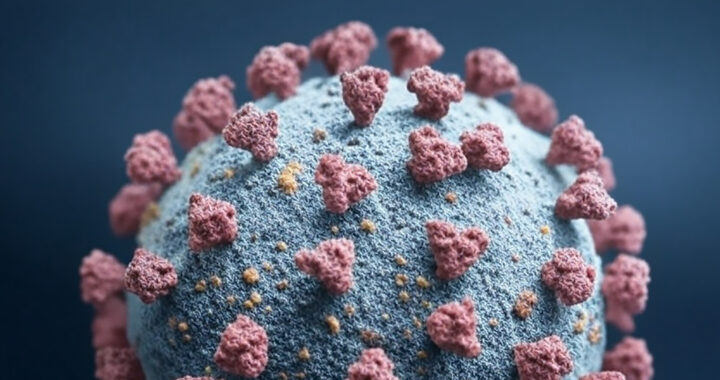A team of Chinese researchers spearheaded by Shi Zhengli, a virologist known for her research on coronaviruses in bats and currently directs the Center for Emerging Infectious Diseases at the Wuhan Institute of Virology, discovered a new coronavirus. This virus is officially called HKU5-CoV-2. A recent study has indicated that it could infect humans via the same infection route as SARS-CoV-2 or the causative agent of COVID-19.
HKU5-CoV-2: Bat Coronavirus Share Same Infection Pathway as SARS-CoV-2
Background
Research institutions across the world are deliberately studying viruses from other species to assess their zoonotic potential. China is also known for its research on coronaviruses because it has a large bat population and high bat coronavirus diversity. Hence, as part of ongoing research efforts, Shi Zhengli and her team have been studying HKU5-CoV-2.
HKU5-CoV-2 is a coronavirus belonging to the merbecovirus subgenus. This subgenus includes the particular MERS-CoV or HCoV-EMC/2012 that causes the Middle East Respiratory Syndrome or MERS. Other coronaviruses under the subgenus such as the Pipistrellusbat coronavirus HKU5 and Hedgehog coronavirus 1 have unknown spillover potential.
Nevertheless, as part of continuous disease surveillance initiatives, a team of Chinese researchers from the Guangzhou Laboratory, Guangzhou Academy of Sciences, Wuhan University, and the Wuhan Institute of Virology have discovered HKU5-CoV-2 in bats. Details of their findings are discussed and published on 12 February 2024 in the journal Cell.
Human Infection Potential
The research team used cryo-electron microscopy to understand the mechanism behind the infection pathway of HKU4-CoV-2. This approach enables the visualization of proteins at near-atomic resolution. Results of the analysis revealed that this new coronavirus can efficiently bind to human angiotensin-converting enzyme 2 or ACE2 receptors.
Note that ACE2 receptors are found in various human tissues. They are primarily abundant in cells lining the respiratory, cardiovascular, gastrointestinal, and renal systems. These receptors play a critical role in regulating blood pressure and fluid balance. These are also the same receptors used by SARS-CoV-2 and other coronaviruses to enter human cells.
Further findings revealed that HKU4-CoV-2 has a distinctive binding mode compared to other merbecoviruses that use ACE 2 receptors. Its receptor-binding domain footprint overlaps with sarbecoviruses like SARS-CoV-2 and NL63. This indicates a stronger ability to bind to human ACE2 and suggests a higher potential for human adaptation.
Nevertheless, to confirm it can infect human cells, the researchers conducted a series of functional experiments like cell line assays and organoid models using different human cell models. Results showed that it can infect human cells expressing ACE2, as well as human respiratory and intestinal organoids, thus suggesting strong human infection potential.
Implications
The discovery specifically identifies HKU5-CoV-2 as a novel bat coronavirus with a strong ability to bind human ACE2 and infect human cells. This highlights its potential zoonotic risk or the possibility of jumping from animals to humans. The researchers underscored the need for further monitoring and research to assess its pandemic potential.
Stocks of pharmaceutical companies like Moderna, Novavax, and Pfizer saw their prices climbing following the media coverage surrounding the new coronavirus. There is currently no evidence that this virus is spreading in humans and further study is needed to determine that controlled lab experiments translate to real-world transmission.
Many coronaviruses can infect human cells in experiments but never actually cause outbreaks. In addition, even if a spillover occurs, the virus must mutate further to sustain human-to-human transmission. Ongoing surveillance and related undertakings result in early detection and allow preventive measures before a virus poses a serious threat.
FURTHER READINGS AND REFERENCES
- Chen, J., Zhang, W., Li, Y., Liu, C., Dong, T., Chen, H., Wu, C., Su, J., Li, B., Zhang, W., Hu, B., Jia, J., Ma, C.-B., Zhu, Y., He, X., Li, A., Pan, K., Lin, H., Guo, Z., … Shi, Z.-L. 2025. “Bat-Infecting Merbecovirus HKU5-CoV Lineage 2 Can Use Human ACE2 as a Cell Entry Receptor. In Cell. Elsevier BV. DOI: 1016/j.cell.2025.01.042
